I'm not sure about the threading issue, but from experience, I can give you some idea about SSE's
SSE's
The most important thing to consider is that SSE's depend on Javascript long polling, meaning it will continue to send requests to your server every few seconds, in an attempt to "listen" for updates
Check it when you set up an SSE eventlistener - it will send requests every couple of seconds to your server. The connection will not be perpetual
There's a great discussion about this here: What are Long-Polling, Websockets, Server-Sent Events (SSE) and Comet?
--
The problem here, at least to me, is that if you're sending constant requests to your server, it's not only going to be inefficient, but also very constricted in terms of functionality
As with the pub/sub pattern, if you want to deliver "live" updates to your users, you'll want to firstly have some sort of authentication (which I believe SSE's don't provide), as well as ensuring you have particular "channels" for those users to receive updates for them
Having said that, there's a great post about creating a chat application with SSE's here:

I've only ever used SSE's for sending site-wide updates, for the simple fact that I'd prefer to have a single connection (websocket), which I can authenticate & populate with a user's specific data
Pusher
We use websockets wherever we can
The trick, though, is that you can use a third-party websock provider, like Pusher. I'm not affiliated with Pusher in any way; we have used them for a number of projects - EPIC service
Using Pusher, you'll be able to accept & deliver specific messages to the users on your site without having to set up your own websocket server. You just connect to Pusher's service with the same JS setup (eventlistener), which will only connect once to the Pusher service:

You can then send updates to your users by just "pushing" to the Pusher API. We have set this up tentatively with an analytics app we are in the process of building out here
To answer your question, I don't know how scaleable SSE's are
I tend to take lead from the "big" internet companies (as a demonstration on how to do it "right"), and I've yet to see any of them favour SSE's over websockets. I may be wrong, but they all prefer websockets

